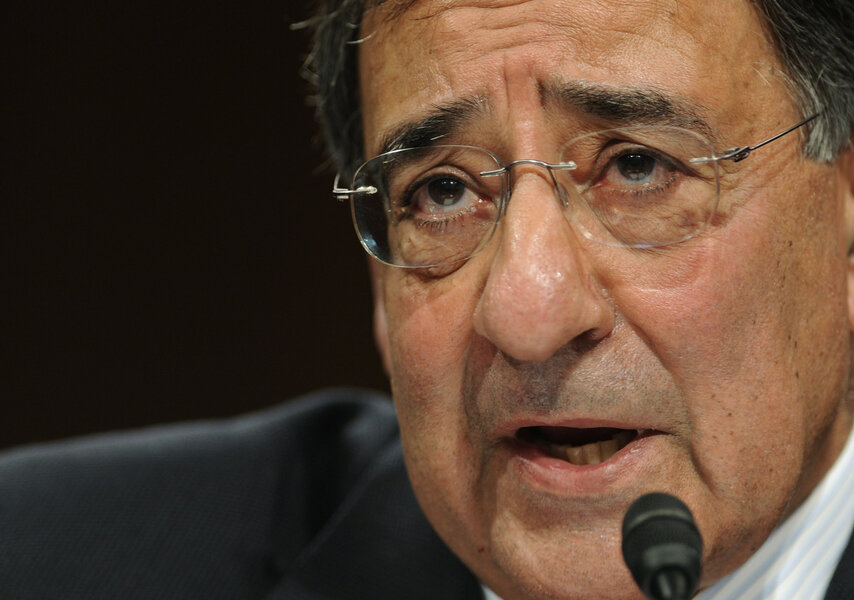CIA admits 'missteps' in handling double agent in Afghanistan
Loading...
| New Delhi
The CIA admitted “missteps” in the handling of a double-agent who killed seven CIA employees in Afghanistan last December, an incident that has become central in the debate over the Afghan war.
The Jordanian double-agent walked on to the Chapman US military base near the Pakistan border and blew himself up as he was about to be frisked. He had access to Al Qaeda circles in Pakistan, making him potentially valuable to the agency’s covert drone war.
As American disaffection with the Afghan war grows, critics are calling for a scaled-down military presence that would shift terrorist-hunting duties to special forces, intelligence assets, and drones. But the Chapman incident highlights how reliant intelligence gathering is on the current military apparatus, calling into question the effectiveness of turning the Afghan conflict over to the spooks.
Biden's push
Vice President Joe Biden unsuccessfully pushed for this scaled-back approach during the administration’s war deliberations last year that led to a surge of 30,000 more troops and expanded nation-building efforts.
But as the war drags on, critics of the strategy continue to give voice to the “Biden option.” In August, the Afghanistan Study Group – made up of academics and former military men – released a report called “A new way forward: Rethinking US strategy in Afghanistan.”
“There is no significant Al Qaeda presence in Afghanistan today, and the risk of a new ‘safe haven’ there under more ‘friendly’ Taliban rule is overstated,” the report reads. “Should an Al Qaeda cell regroup in Afghanistan, the US would have residual military capability in the region sufficient to track and destroy it.”
Later, the report says that the terrorist hunting would fall to “special forces, intelligence assets, and other US capabilities.”
Intelligence reliant on military presence
The problem for advocates of this approach is that intelligence gathering in this part of the world is heavily reliant on the substantial military presence.
CIA director Leon Panetta, writing in the Washington Post in January, makes this point in reference to the Chapman incident: “No one should mistake the remote spots of South Asia for the capitals of Cold War Europe. In a very different environment, against a very different enemy, our tradecraft is tailored to a battlefield. In the barren landscape outside Khost, Afghanistan, things such as ‘safe houses’ – a staple of traditional espionage – are not easily found.”
In other words, with few safe houses available to CIA employees, the network of border outposts run by the military become necessary meeting places.
According to Bob Woodward's latest book, "Obama’s Wars," one of the first intelligence briefings given to the newly-elected president was that the drone program relied on CIA paramilitary teams on the ground to gather targeting information from locals.
As Fred Kaplan wrote recently in Slate: “Obama knows, from his first intelligence briefing and several to follow, that the cheap option – relying on a handful of commandos and airstrikes fired by unmanned drones – won't work; you need troops on the ground to build confidence among the people, who will then provide intelligence on where the drones should go.”
Of course, the Chapman incident also raises questions about the strength of CIA capabilities, even when working on top of a costly military presence. The CIA did not heed Jordanian intelligence warnings about the double agent, Humam Khalil al Balawi, and security measures at Chapman failed.
Yet, no one will be punished for the failures. Speaking to reporters yesterday in Washington, Mr. Panetta said that internal probes found shortcomings “across several agency components,” meaning that “responsibility cannot be assigned to any particular individual or group.”





